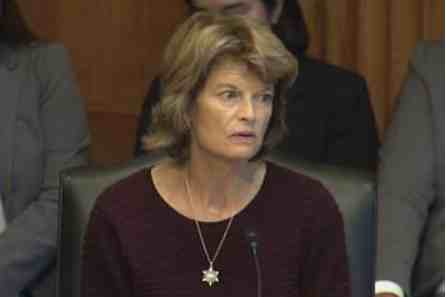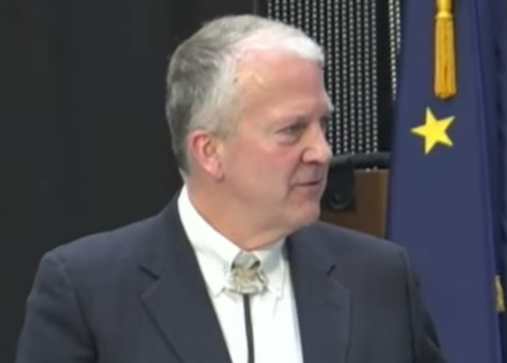
With alcohol and drug abuse being an enormous problem among Alaska Natives, Senator Lisa Murkowski Wednesday took the opportunity of a Senate Committee on Indian Affairs (SCIA) hearing to press for answers about how effectively federal government agencies are collaborating to crack down and counter the flow of illegal substances.
Murkowski recounted a recent meeting with the Acting Administrator of the Drug Enforcement Administration and how he updated her on the complex issue of curbing drug and alcohol trafficking. They discussed how efforts have evolved into a series of successes in one area, swiftly followed by a rise in criminal activity elsewhere. She said that it felt like authorities were playing “whack-a-mole” with mixed results in regions across Alaska and nationwide.
She then focused her attention on whether or not the various federal agencies were fully implementing a team approach and working effectively together, to put their respective authorities and expertise to best use, asking:
“Can you confirm to me that there is collaboration going on within the agencies as you are required to do in the Tribal Law and Order Act? You are required to cooperate on alcohol and substance abuse efforts in Indian Country, so are you working it, how are you working it and do you have any observations that could help us as we craft policy to fight it?
The witness, Robert G. McSwain of the Indian Health Service, responded that federal agencies and authorities are working to successfully implement a protocol of collaboration, citing a recent example. “We are working together to make sure that we can provide all the services through [Substance Abuse and Mental Health Services Administration] and through our direct care program – even working on an initiative for tele-health in rural areas.”
Murkowski responded skeptically, saying she was “concerned that every agency has their program, and they have to defend it to continue funding levels and they have to establish what they’d done. So call me a skeptic, but we have to continue pressing forward with the final goal of healthy families and healthy communities and not ‘you worry about your program’ and ‘I’ll worry about my program.’ The bottom line is: Are we getting results?”








